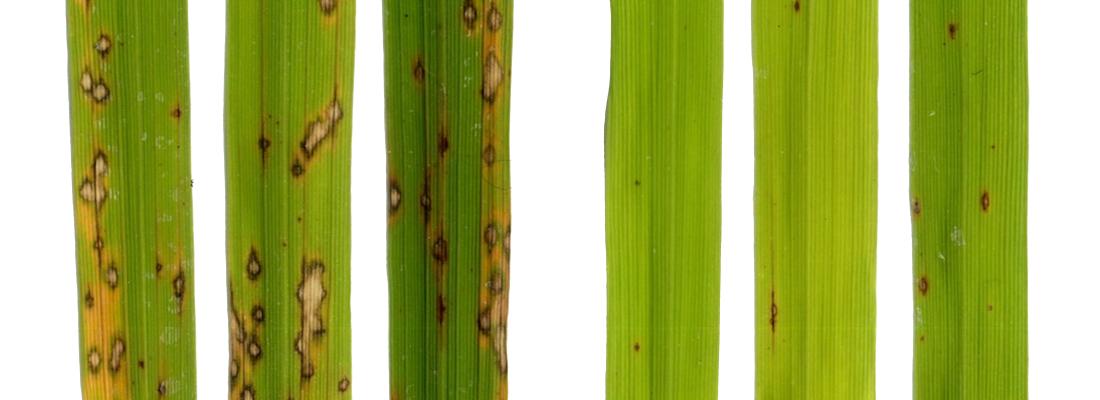Agroecology Reading time 2 min
Training plants to enhance their natural defences against disease
Published on 22 March 2022

Every year, large swathes of our harvests are destroyed by diseases caused by a wide variety of microorganisms such as fungi, bacteria and viruses. There are phytosanitary products to reduce the damage they inflict and protect crops but the impact of these chemicals on public health and the environment are a cause of concern and, in some cases, when no effective treatment is available, a crop must be discarded.
One powerful lever for sustainable crop protection lies in the natural immunity of the plants themselves. Unfortunately, though, pathogens have the capacity to evolve when they encounter immunity in a plant, thereby escaping recognition by the plant’s warning system. As with vaccines, it can therefore be necessary to create a booster to renew the plant’s immunity. The classic method is to use genetic improvement techniques to provide the plant with fresh immune characteristics taken from another variety. This approach is, however, limited by the finite supply in cultivated plants of broad-spectrum resistance genes, including those corresponding to the receptors that detect pathogens.
Scientists from INRAE, working with their partners at the CNRS and Inserm1, have therefore been looking for possible ways to compensate for this shortage of appropriate genes. Their choice of approach has been made possible by recent research showing that immune receptors in plants can contain individual elements that resemble the parts of the plant itself and act as decoys. When these are targeted by a pathogen, the trap is sprung, triggering a strong defence response in the plant.
The research team have optimised the properties of one such decoy in rice, ‘training’ the receptor to recognise the presence of additional isolates of a pathogenic fungus to which this staple is susceptible. To expand the receptor’s recognition spectrum, they studied the physico-chemical properties of the surface of the decoy protein element at atomic scale. They then modified the surface of the decoy to allow a novel fungus component to bind to it and activate the plant’s immune response system.
Their findings break new ground in crop improvement, opening up a promising pathway for the development of new immune receptors in cultivated plants. Such a development would be a major step forward in the work to support changes in agricultural practice.
[1]Participating laboratories:
- Plant Health Institute (Université de Montpellier/INRAE/Cirad/Institut Agro/IRD)
- Centre de biologie structurale (CNRS/Inserm/Université de Montpellier)
- Institut de recherche en cancérologie de Montpellier (Inserm/Université de Montpellier/Institut régional du Cancer de Montpellier)
- Qualisud (Université de Montpellier/Avignon Université/Cirad/Institut Agro/Université de la Réunion)
Reference
Cesari, S., Xi, Y., Declerck, N. et al. New recognition specificity in a plant immune receptor by molecular engineering of its integrated domain. Nat Commun 13, 1524 (2022). https://doi.org/10.1038/s41467-022-29196-6
